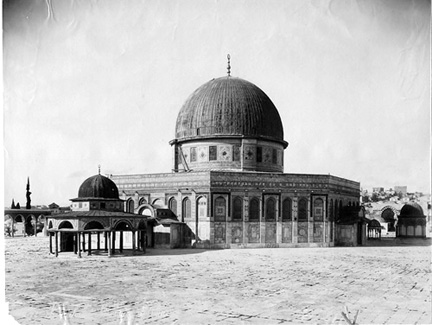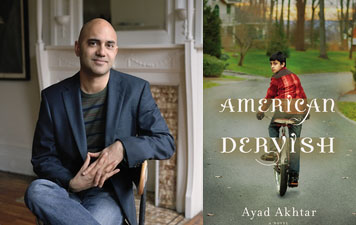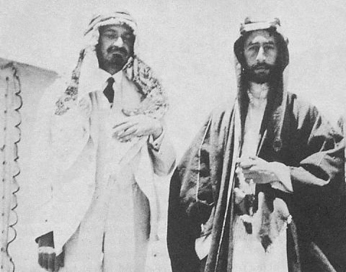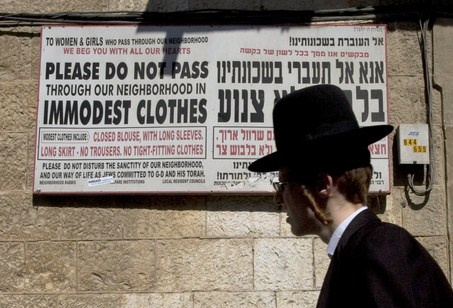
Bonfils, ca. 1870. Negative inscribed: “278. Jerusalem. Mosquee d’Omar.”
by Salim Tamari, Al-Shabaka Policy Brief, July 11, 2011
Overview
Even before the crusades, Jerusalem has had an enchanting hold on people’s imagination. Visitors imposed their aspirations, inner anguish, and dreams on what they saw as an eternal sacred city, whereas the worldly city was at great variance and often in contradiction with these imageries. Indeed, this vision of the city of God has always been in contrast with the living physicality of the city. As revealed in the leaked “Palestine Papers,†this view of the metaphoric Jerusalem has been adopted in the negotiations between Israelis and Palestinians.
In this policy brief, Al-Shabaka policy advisor Salim Tamari examines the historical origins of the sacrilization of Jerusalem and how it has obscured changes on the ground affecting the city’s current state and its future. He argues that proposals for the future of Jerusalem ignore the fact that at its core the conflict over the city is a case of colonial subjugation which must be addressed and resolved equitably.
Jerusalem and the “Palestine Papersâ€
The “Palestine Papers†revealed that Jerusalem occupied a central position in the implicit agreements between President of the Palestinian Authority (PA) Mahmoud Abbas and Israeli Prime Minister Ehud Olmert.1 They demonstrate that the PA has moved considerably from positions held at and since the 1991 Madrid Peace Conference. Previous Palestinian and Arab positions on Jerusalem were based on UN Security Council Resolution (UNSC) 242, passed after the June 1967 War. The resolution considers East Jerusalem occupied territory and its status no different from that of the West Bank, Gaza Strip, or the Syrian Golan Heights. Moreover, the “land for peace†arrangement that is at the heart of UNSC 242 also applies to occupied East Jerusalem.
From the official Palestinian perspective, the PLO’s approval of the two-state formula in 1988 “resolved†the status of Jerusalem as the capital of two states — Israel and the prospective Palestinian state. Jerusalem at this stage became the subject of a seemingly symmetrical formula of reciprocal political arrangements. West Jerusalem would be the capital of Israel, and East Jerusalem would be the capital of the Palestinian state.
However, with the signing of the Oslo Accords in 1993, Jerusalem was deferred to final status negotiations, along with borders, settlements, and refugees. During the second stage of negotiations, in the late 1990s, the focus shifted to Jerusalem’s “special status.†This status emanated from its sacred character, the presence of the holy basin, and the interests of other parties, including Jordan, the broader Islamic world, the Europeans, and the Vatican. This removed negotiations over Jerusalem from an issue that could be addressed simply within the rubric of UNSC 242, that is, restoring the territories to their status before the war. Continue reading The Future of Jerusalem: Sacred Space or Open City? →

 Children hold an Israeli flag in the Jewish settlement of Itamar on the West Bank; Photo by Rina Castelnuovo, The New York Times
Children hold an Israeli flag in the Jewish settlement of Itamar on the West Bank; Photo by Rina Castelnuovo, The New York Times




